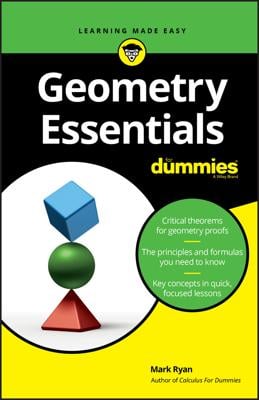In two-dimensional geometry, a parallelogram is a quadrilateral (a four-sided figure) with two pairs of congruent sides and two pairs of congruent angles. The following practice questions ask you to use the properties of parallelograms to find missing angles and variables.
Practice questions

In parallelogram MATH, diagonals
intersect at E. Use the figure and the given information to solve the following questions.
If AT = 2a + 3b, MH = 28, AM = 4a + b, and TH = 26, find the sum of a + b.
If

find the degree measure of

Answers and explanations
11
Opposite sides of a parallelogram are congruent. Therefore, AM = TH and AT = MH. Solve 4a + b = 26 for b:

Now plug the value of b into 2a + 3b = 28 and solve for a:

Plug in the value of a to find b:

Therefore, a + b = 5 + 6 = 11.
79 degrees

You know that

are vertical angles. Vertical angles are congruent, so

Therefore,

are supplementary angles, which means they add up to 180 degrees:






